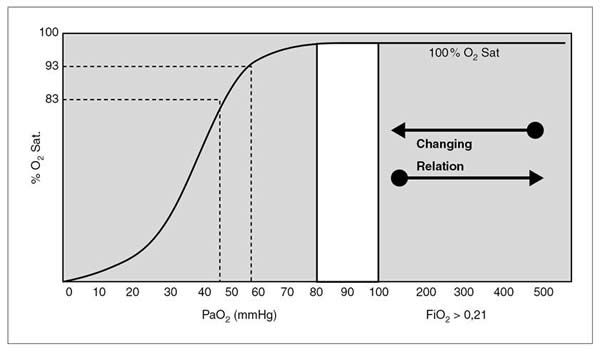oxygen delivery devices and flow rates australia
Connect the face mask to the oxygen cylinder. Set flow rate at 5 to 8 litres per minute.

Oxygen Delivery System Side 1 Nursing School Notes Nursing Notes Respiratory Therapist Student
However when breathing with the NRB an O 2 flow rate of 15 Lmin-1 is required to reach these levels.

. Venturi valves deliver the following fixed. The percentage of oxygen inspired depends on the flow rate and the delivery device. A comparison of the tissue oxygenation achieved using different oxygen delivery devices and flow rates.
Depending on a patients inspiratory effort tidal volume speed of inspiration and respiratory rate the PIFR can often exceed the flow rate at which oxygen or an oxygenair mixture is supplied by the device meaning that at the time of PIFR. When tightly fitted they can provide approximately 100 oxygen. Oxygen Delivery Systems LOW FLOW OXYGEN DEVICES HIGH FLOW OXYGEN DEVICES Cannot deliver constant FiO 2 Maintain constant FiO 2 Flow 6 - 8 Lmin Delivering O 2 at very high flow Mixture of oxygen room air Flow usually 4 times the actual Minute volume FiO 2 varies with tidal volume-Shallow breathing less entrainment of room air high FiO 2.
Low-flow oxygen delivery systems deliver oxygen at flow rates below the patients inspiratory flow rate entrain room air and provide a variable FiO2. Comparison of tissue oxygenation achieved breathing oxygen from a demand valve with four different mask configurations. These are another type of Oxygen Delivery Devices can deliver up to 80 of oxygen.
200969111 Bailey P Thomsen GE Spuhler VJ et alCrit Care MedJan2007351139145. So the maximum oxygen which can be delivered by nasal cannula is 44. Delivers unpredictable oxygen concentrations between 22-35 that vary with flow rate and respiratory pattern and rate.
However there is a small amount of room air which gets in the system so the FIO2 is invariably lower more like 80-90. Each valve is colour coded Figure 3 although newer valves can be set at the desired FiO2 in a single unit. The required oxygen flow rate can be very low often between 08 and 15 Lmin-1.
A pressure reading barometer displays the remaining oxygen. Simple oxygen face masks are single patient use and are low-flow masks which entrain the. Flow rates of 2-4 litresmin are normally used.
The flow rate can be set on the wall tap. Only goes up to 60 FIo2 so not for patients who have significantly high oxygen demands bulky. These devices deliver a variable inspired oxygen concentration to the patient which depends on the PIFR.
2 Blake DF Crowe M Lindsay D Brouff A Mitchell SJ Pollock NW. When the tap is manually opened the oxygen takes the line of least resistance to the patient via an oxygen delivery device eg. 1-2 Lmin via nasal cannulae or 2-4 Lmin via 24 or 28 Venturi mask in patients with acute exacerbations of COPD or conditions known to.
The tip of nasal cannula should lie in nasopharynx. Connect the face mask to the oxygen cylinder. Fit the face mask to the patients face and adjust the mask to comfort with elastic straps and nasal metal strip.
Set flow rate at 10 to 15 litres per minute. A regulator is attached to the cylinders top and works like a tap allowing the safe adjustment of oxygen flow rate provided in Lmin 1. Oxygen flow rate was controlled via a standard wall-mounted flow rate metre CIG Health Care Comweld Group Pty Ltd Australia with testing conducted at a flow rate of 15 Lmin for all devices and additionally for flow rates of 6 and 8 Lmin when using oxygen tubing.
FiO2 is defined as the percentage or concentration of oxygen that a person inhales the fraction of inspired oxygen. Tube with a mask or nasal cannula. Oxygen flow rates of 10-15Lmin can deliver FIO2 of up to 95 in these individuals.
They have valves which deliver a fixed concentration of oxygen eg. This delivers to the patient a flow rate of 45 liters per minute and an oxygen concentration of 35 percent. For example the recommended flow rate for a 35 of venturi valve is 8 liters per minute.
Of the commonly available devices promoted for O₂ delivery to injured divers similar PtcO₂ and nasopharyngeal FIO₂ values were obtained with the three devices tested. 6 rows Device. Delivery devices work with different flow rates.
A 28 valve will have a smaller hole than a 40 valve and so on. If oximetry is not available or reliable oxygen saturations cannot be determined and hypoxaemia is suspected oxygen can be delivered at. The oxygen flow rate is the number that we dial up on the oxygen flow metre usually between 1-15Lmin.
Remember over-oxygenation can also be. Can be used in patients with stable Type II respiratory failure. It varies from 0 15L per minute.
Increasing the flow rate to 10 liters per minute increases the total flow to the patient but the oxygen concentration delivered remains at 35. When tubing was used below the face flow rates between 6 and 8 Lmin produced somewhat higher concentrations than 15 Lmin 5 cm. Venturi masks are high flow delivery devices.
There are two important things to consider when delivering supplemental oxygen to your patient. The recommended initial oxygen flow rate for open-circuit systems employing a. Adapters deliver set amounts of FiO2 at 24 to 60.
The oxygen flow rate and the FiO2. MORS with an oronasal or intraoral mask demand valve with an. Blake DF Crowe M Lindsay D Brouff A Mitchell SJ Pollock NW.
Government of Western Australia North Metropolitan Health Service Women and Newborn Health Service. Peak nasopharyngeal F I O 2 was highest with the NRB with a flow rate of 15 Lmin-1 Table 3 though 10-min P tc O 2 values were similar for each device. A comparison of the tissue oxygenation achieved using different oxygen delivery devices and flow rates.
Simple Oxygen Face mask. Nasal cannulae-delivering low flow rates of 24 Lmin or more are provided to patients almost automatically in a range of common clinical situations without the oxygen even necessarily being prescribed. They include Nasal cannulae.
The increased efficiency is achieved through increased complexity. When delivering oxygen by wafting the highest oxygen concentrations are achieved when positioning tubing 5-15 cm in front of the face or positioning tubing or a paediatric non-rebreather mask 5-10 cm below. Flow rate 1-4Lmin 4L will dry the nose 2L is more comfortable.
2 to 15 Lmin. Low flow device Most common device used for mild hypoxia Can be set between 1 and 6 LPM 24 to 40 FiO2 FiO2 increases approximately 4 with each liter of O2 KorupoluR GJ Needham DMContemporary CriticalCare. 2435 FiO2 at a flow of 14.
Refer to oxygen protocol Non-Rebreathing Mask. Can delivery precise and dependable FiO2.

Automatic Oxygen Titration Versus Constant Oxygen Flow Rates During Walking In Copd A Randomised Controlled Double Blind Crossover Trial Thorax

Energy Investing 101 A Roundup Of Refining Stocks Crude Oil Fractional Distillation Petroleum Engineering
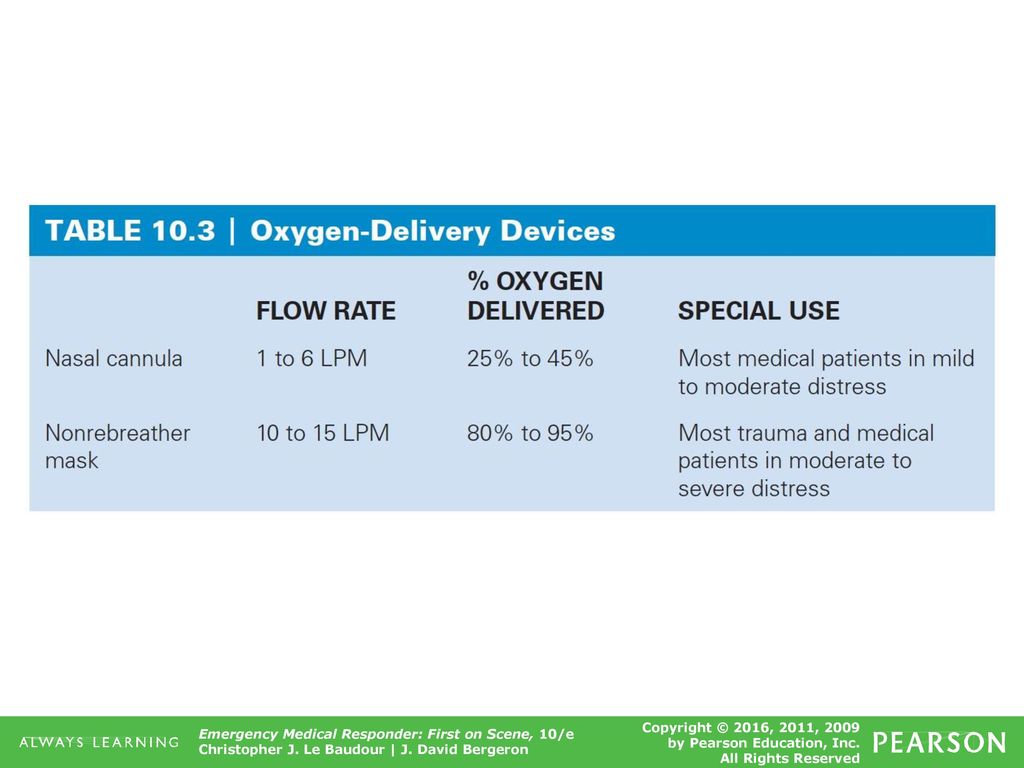
10 Principles Of Oxygen Therapy Ppt Download
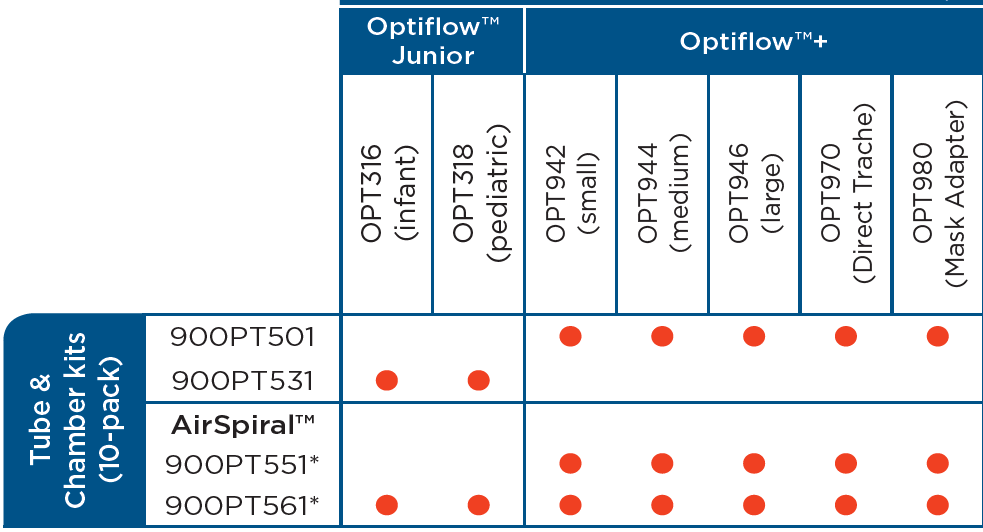
Clinical Guidelines Nursing Oxygen Delivery

Oxygen Delivery System Side 1 Nursing School Notes Nursing Notes Respiratory Therapist Student
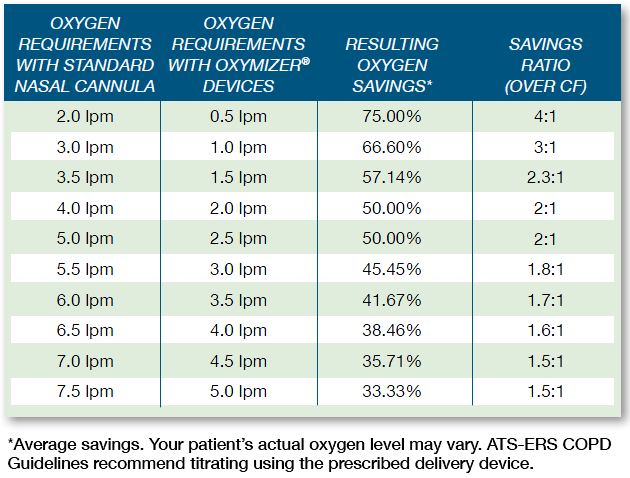
Chad Oxymizer Disposable Oxygen Conserver Oxygen Reservoir Drive Medical O 224 P 224 Vitality Medical

Buy Hospital Bed In 2021 Hospital Hospital Bed Best Hospitals
Clinical Guidelines Nursing Oxygen Delivery

Preoxygenation Deoxygenation And Reoxygenation During Intubation

Beehive Inspection Checklist Inspection Checklist Bee Hive Bee Keeping

To Help Patients Breathe Easier We Sell A Variety Of Oxygen Therapy Supplies Including Portable Oxygen Tanks Oxygen Therapy Oxygen Concentrator Oxygen Tanks

Nursing Jobs Are Noble Profession Especially In Aboard You Can Earn More In Aboard On Nursing Professions Emergency Nursing Nursing Jobs Nursing Profession

Automatic Oxygen Titration Versus Constant Oxygen Flow Rates During Walking In Copd A Randomised Controlled Double Blind Crossover Trial Thorax
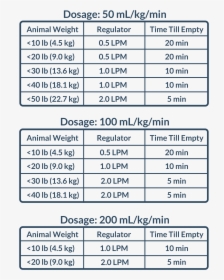
Oxygen Png Images Transparent Oxygen Image Download Pngitem

Transtracheal Catheter Image Courtesy Www Airwayeduca Download Scientific Diagram

Transtracheal Catheter Image Courtesy Www Airwayeduca Download Scientific Diagram
